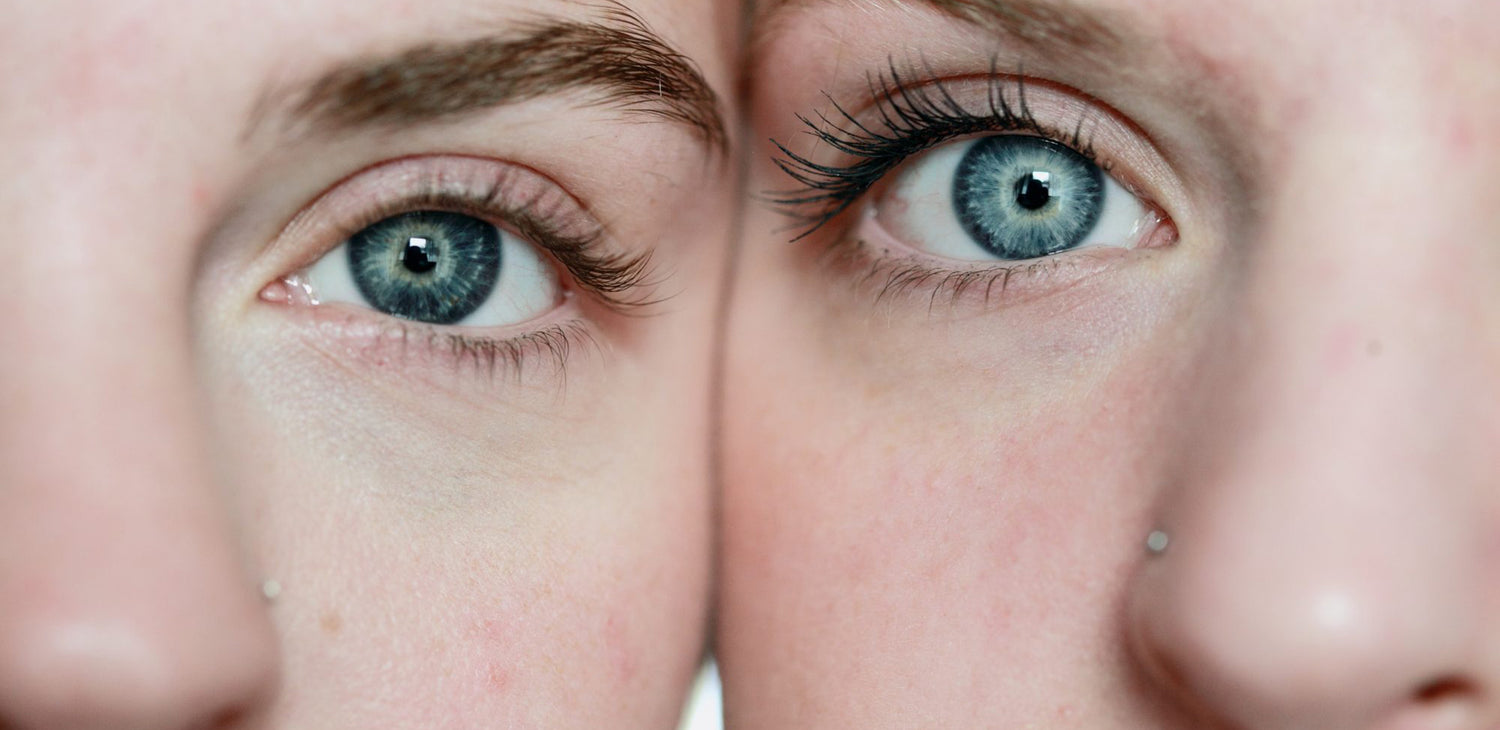It is not for nothing that it is said that in everything it is necessary to listen to intuition. This inner guidance can help us in all aspects of life, including skin care. So called. intuitive skincare is becoming synonymous with a turning point in the beauty world, but it actually boils down to what we (at least deep down) already know. Listening to yourself, getting to know your own skin, following everything it shows us is probably the best direction you can take if you're still wandering the streets of products, routines and advice on social media.
Each skin is a story in itself
Whether conventional or natural, cosmetics are something that interacts with our body. When choosing, it is first of all good to know your own body and possible obstacles to the use of certain ingredients or final products. For example, if you are allergic to salicylic acid, you will not use it even in exfoliants, and you will avoid it even in traces (in creams where it can be used as a preservative). You will not use it during pregnancy either, unless you have the green light from your doctor. In case of hypersensitivity to essential oils or extracts, you will choose creams that do not have natural components. Each skin is different, each has its own story and the effect of each cleanser, serum or cream is ultimately individual.
You don't have to collect everything
The choice of cosmetics today is really huge and it is clear that new products with their powerful ingredients, formulations and purposes can tempt you to try them. However, if you have found a routine that completely suits you and you are objectively satisfied with the condition of your skin - stick to it. The skin cannot get used to the effect of the product, its needs can only change depending on external and internal factors (weather conditions, temperature, UV radiation, stress levels, hormonal oscillations, dietary habits). By sticking to the routine, you enable the skin to adapt to the care and literally show results, and the products and active ingredients to achieve a certain effect, longer than the first impressions.
Respect your skin, give it time
Time is the key to everything, including the way our skin functions. It is known that, on average, it takes about 6 weeks (or approximately 28 to 40 days) for the skin cells to renew and thereby close one cycle of their existence. During each of these periods, the skin fluctuates, its condition changes, especially if the menstrual cycle is taken into account. It is completely normal that the skin before menstruation is more prone to greasing, thereby clogging the pores and the occasional pimple . Monitoring the condition of the skin is particularly useful here. Once you get to know the stages it goes through (after all, the organism as a whole), it will be easier to recognize needs and adapt care.

Patience and consistency
Time is also crucial when introducing new products, any change in routine. In addition to the fact that active ingredients need a certain "working" period in order to achieve their full potential, certain active ingredients (retinoids, acids) need that time in particular. For example, salicylic acid or a retinoid will speed up the perhaps somewhat dormant cycle of cell turnover, which on some skins may look like a deterioration compared to the previous condition or even a reaction to the product.
However, this is not necessarily so. The cleaning phase or the so-called purging , as such a temporary state is called, you will recognize it by the fact that irregularities will appear in characteristic places where they have appeared until now. Improvement can take from two weeks to a month and a half (it depends on the skin itself), and then, as a rule, there is purification and improvement. If you are ready for it, products with active ingredients should be introduced gradually (ideally one at a time), used continuously and consistently, technically according to the manufacturer's instructions. Be patient, follow the skin.
What skincare intuitiveness looks like in practice
Let's say that the routine consists of basic products and additional products. The foundation of the routine is facial cleansing products, one cream according to skin type and sun protection. Everything else that is added to the routine is optional and more intended for skin conditions or needs, and can be used using the rotation method.
For example, you also have a tonic for hydration , a serum with hyaluronic acid, an exfoliant and a face oil. In practice, their use could be strictly defined in some time intervals, but it can also be, you guessed it, intuitive. This means that in the week when the skin is, for example, more oily, you will apply a toner and only a thin layer of cream, and apply the serum in the morning before sun protection. If you notice the filling of the pores, and at the same time the skin lacks shine, you may use the exfoliant twice that week - at least contact for 10 minutes with rinsing - and even skip it the next week.
If the skin is visibly dry and weakened, battered by the wind and winter minuses, you will offer it a serum twice a day and an additional layer of care in the form of oil on top of the cream in the evening routine. The same applies to SPF. Sun protection is really necessary and we can consider it the best prevention of premature aging of the skin in all its "luxurious" forms: spots, wrinkles, loss of tone. However, the use of creams with protective factors in practice also depends on the context. If you're going to spend a few minutes in the open with a scarf and hat over half your face, and the UV index is lower than 2, skip it without remorse.


